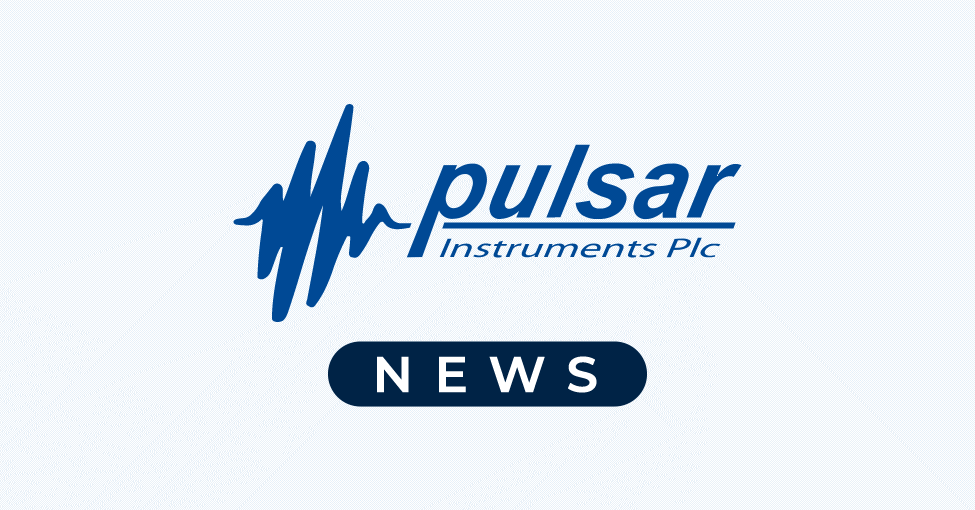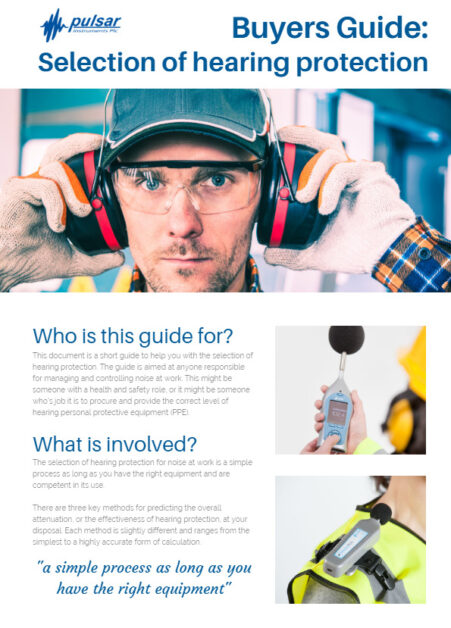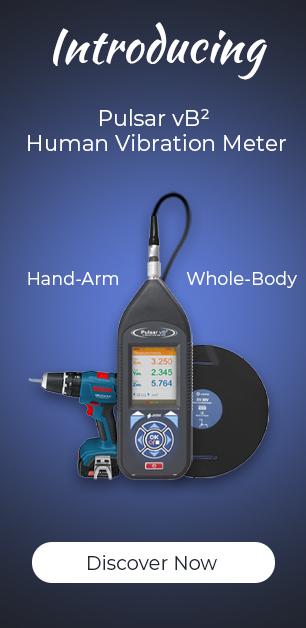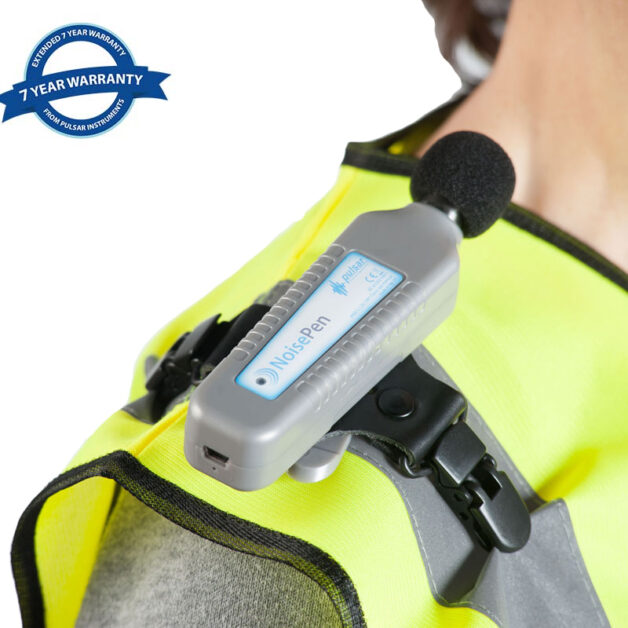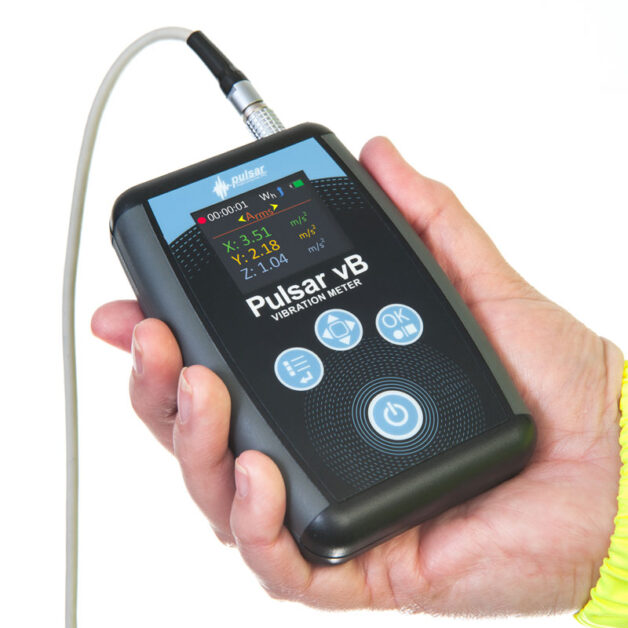Personal Ear Protection – the last resort
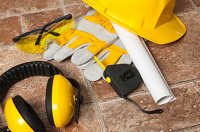
PPE should always be regarded as a ‘last resort’ to protect against risks to safety and health in the workplace. The provision of personal hearing protection is no different. You may find resistance from your workforce using them and they can be costly to maintain and replace. They can also interfere with communications, more specifically with alarm systems on dangerous sites, and they can present hygiene problems.
If you are considering using hearing protection, you should ask yourself the following questions:
- Are they suitable for the range of sound frequencies to be encountered in your industry?
- Do they offer adequate noise attenuation?
- Are they adapted to the pattern of noise exposure?
- Are they acceptable and comfortable for the wearer, especially if there are medical problems?
- Are they durable?
- Are they likely to cause any hygiene issues?
- Are they compatible with other Personal Protective Equipment (e.g. goggles, hard hats)
- Do they still allow communication to take place or are workers still able to hear warning alarms?
- What maintenance and storage arrangements will they require?
- How much will they cost?
There are two main types of personal ear protection – ear plugs and ear defenders (earmuffs or ear cans).
Earplugs
These are made of sound absorbent materials such as a mouldable foam and fit into the ear. They can be reusable or disposable. Their effectiveness depends on the quality of the fit in the ear, the level of training (and the confidence to push them inside the ear canal so that it just shows at the entrance). It is worth noting that the effectiveness of earplugs decreases with use and they should be replaced as directed by the supplier. The main disadvantage of ear plugs is that they do not reduce the sound transmitted through the bone structure which surrounds the ear and often become loose with time.
Ear defenders
These offer better reduction of sound frequencies. They are generally more accepted by workers because they are more comfortable to wear and they are easy to monitor as they are clearly visible. They also help reduce the sound intensity surrounding the ear. However, they can be uncomfortable to wear if the operator has long hair or wears spectacles or jewellery such as large earrings. They may not be comfortable to wear in hot or humid climates or when worn with hard hats. They should be maintained carefully. They should definitely not be worn on top of listening headphones!
How to select the correct level of hearing protection
Selecting the correct personal ear protection is key. It has two purposes, namely reducing sound intensities below the statutory action levels but also to reduce intensities at particular frequencies. If you are not sure about noise action levels, you can remind yourself by reading our information about workplace noise assessments and associated Blogs.
Your PPE supplier(s) should provide guidance on personal ear protection in the shape of SNR (single number rating) values taken from the Hearing Protector Technical Specification for each individual item. The values can be inserted manually into an HSE spreadsheet to establish if the Hearing Protection is adequate or sufficient.
There are two other methods which involve the use of a sound level meter for prescription of hearing protection namely the HML (High, medium and low) and the Octave Band Analysis methods.
Finally, it is worth stressing that the selection of hearing protection should be supervised adequately to ensure that it is worn in the correct way but also to check that it is worn at all. This is particularly relevant for lone workers. Encourage good practice by delivering regular training such as tool box talks, carrying out unannounced visits and also by leading by example if you are a manager. Finally, disciplinary procedures should be put in place should workers refuse to wear them.
We hope this article has given you a broad overview on the provision of personal hearing protection as part of your overall noise control strategy.
Pulsar Instruments offers a range of noise measurement equipment to help you with the prescription of hearing protection using the three main methods as mentioned in this blog. For further information, please contact us or ring our team on 01723 518011 for advice. We have produced a PDF version of the our Buyers’ Guide: Selection of Hearing Protection
